Maintenance intervals: How often the drive, rigging, technology and equipment need to be checked
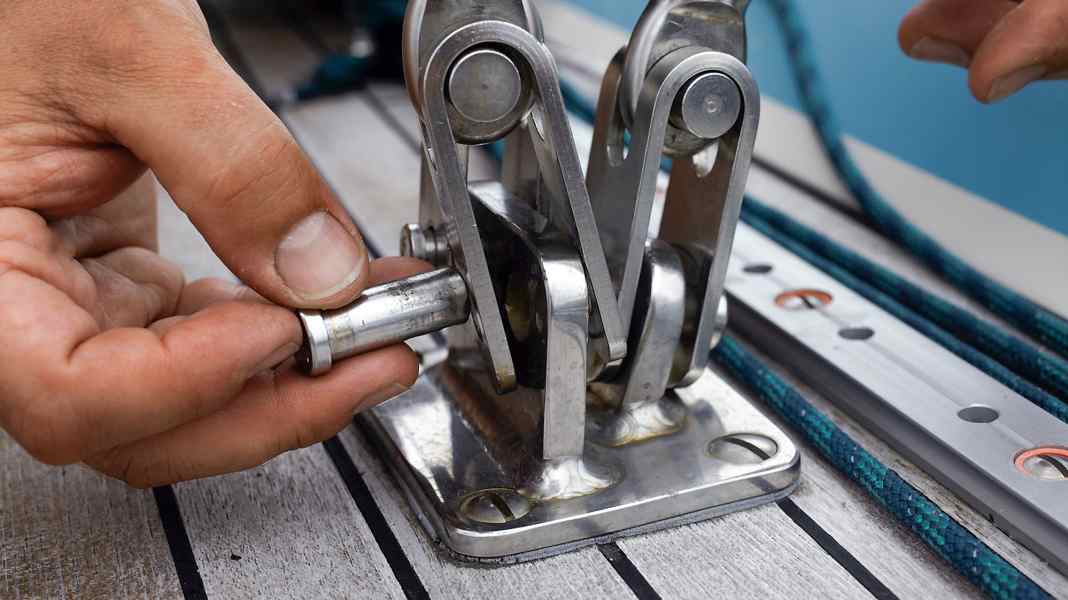
The used boat market has experienced a revival that was hardly thought possible due to the coronavirus pandemic. Many older yachts have also found new owners. The question of which important equipment and units on board require regular maintenance or replacement is therefore particularly relevant at the moment. For example, when should a saildrive sleeve that has not yet suffered any external damage be replaced? When does the standing rigging need to be replaced, even if the shrouds and stays are not yet showing signs of wear? What maintenance requirements are there for winches or the Bowden cable of the engine? The law does not specify anything on these questions.
Consequently, the maintenance intervals are the responsibility of the owner. Experience has shown that shrouds and stays should be replaced every ten years, or after 15 years at the latest, depending on the sea area and the actual use of the ship. This is because, according to expert opinions, fatigue fractures can occur in the internal structure of the rigging material after this period, which are not visible from the outside. The tearing of a shroud can easily result in a mast breakage, with high risks for the crew. A careful owner should therefore prioritise safety on board above all else and, if in doubt, opt for a replacement.
Drive
There are detailed manufacturer specifications regarding maintenance intervals for the engine and transmission. These are 250 operating hours per year. The work should be recorded.
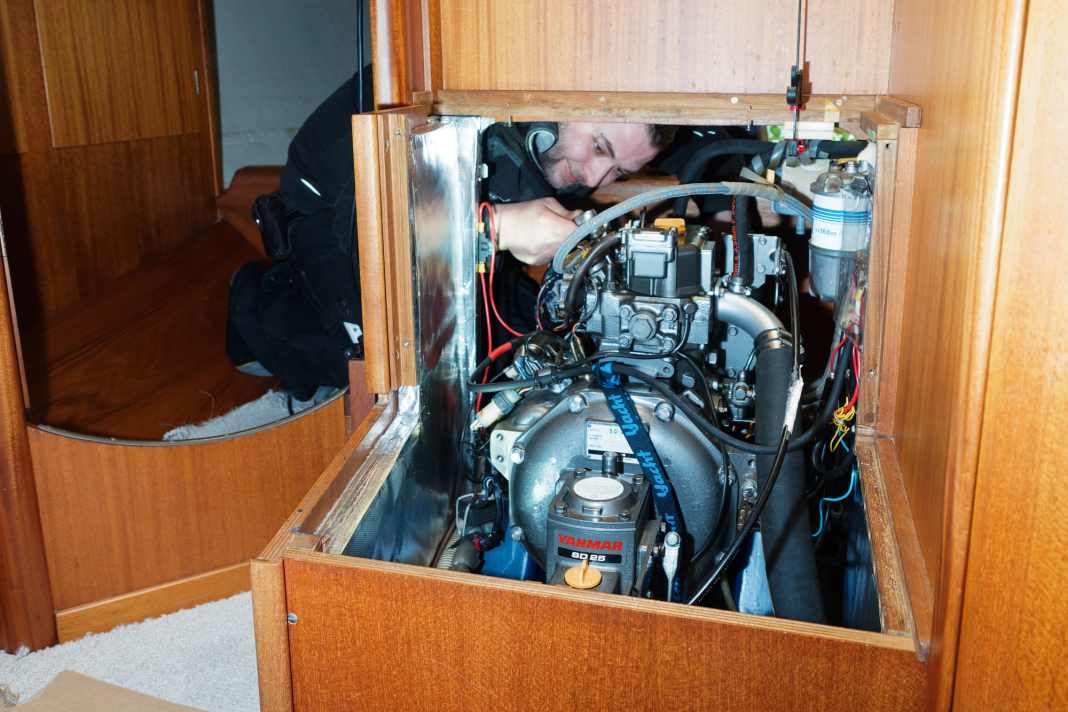





Rig & Sail
The sails are the main drive of the yacht, and the greatest forces occur in the rig. For this reason, all parts should be serviced particularly thoroughly.
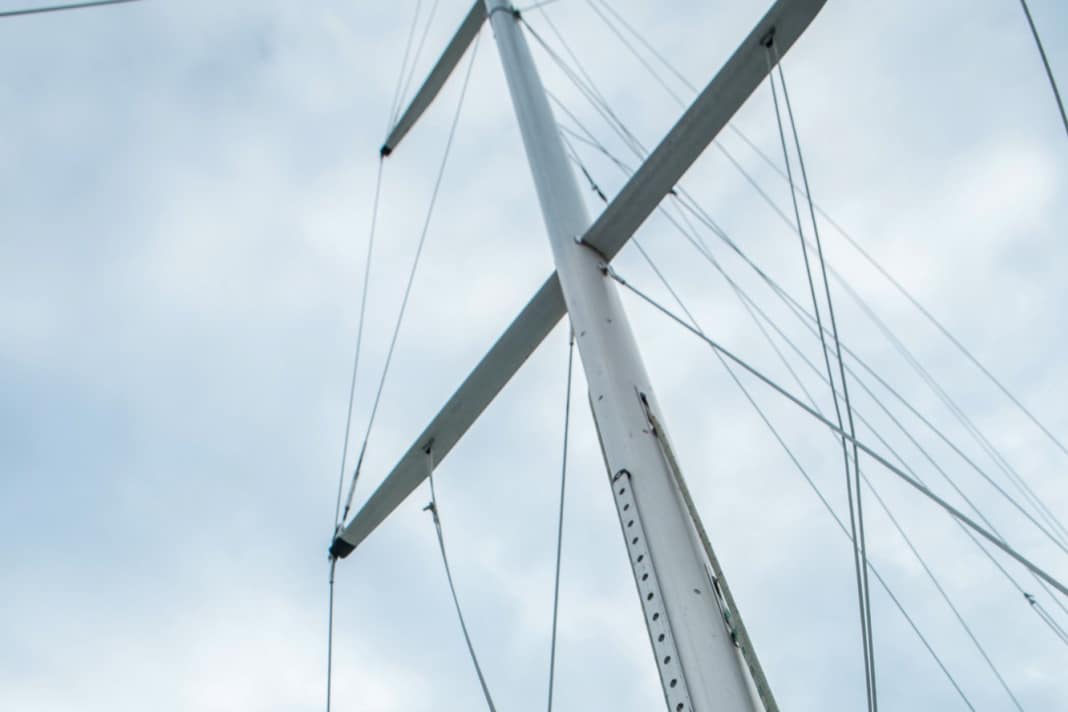





Propeller, keel and hull
Out of sight, out of mind: the keel, rudder and propeller can only be easily checked and maintained during winter storage. This makes the annual inspection all the more important.
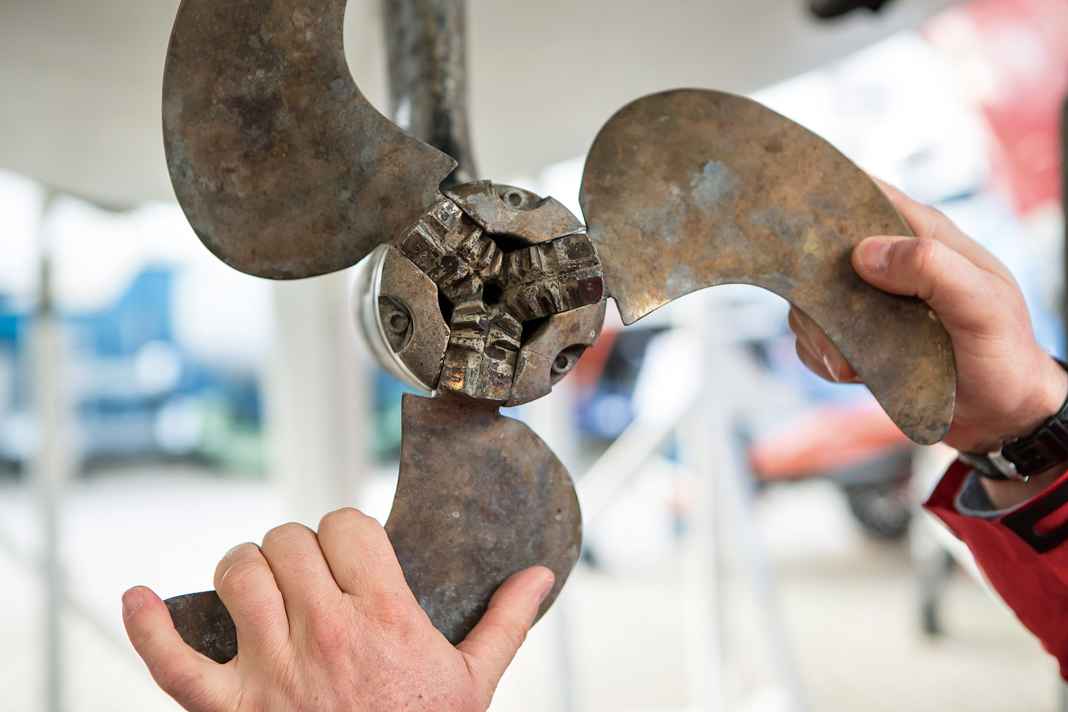





Navigation, equipment, sanitary
Fresh water, filters, lighting: the systems are sometimes complex, and checking or repairing them takes time. The reward for adhering to the maintenance intervals is comfort while sailing and at anchor.
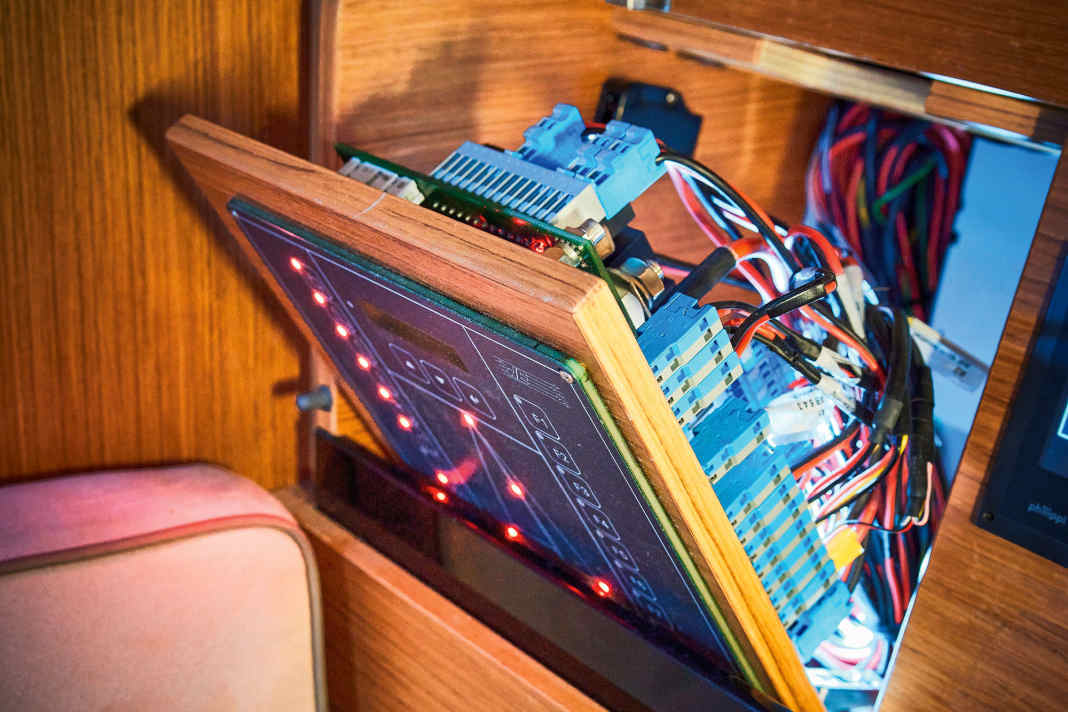





Winches, hatches & railing
Winches, hatches and railings do not require as much attention. Nevertheless, they should not be forgotten.
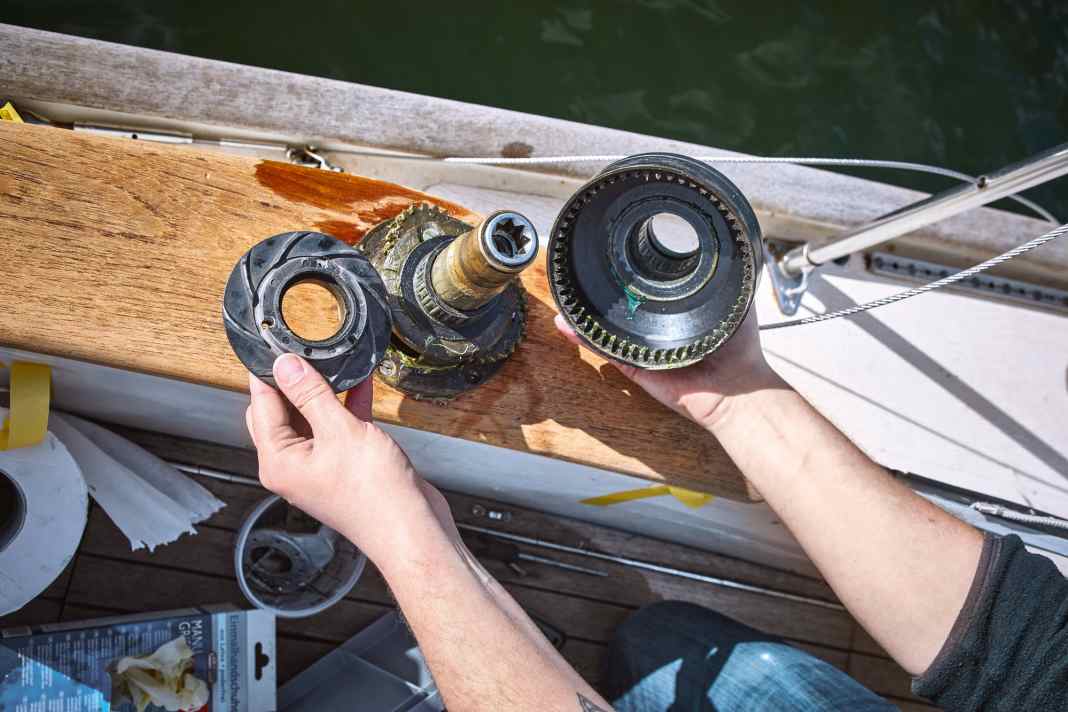



Security
There are clear recommendations for maintenance intervals for some safety-relevant equipment. For some, it even makes sense to check them before each use.
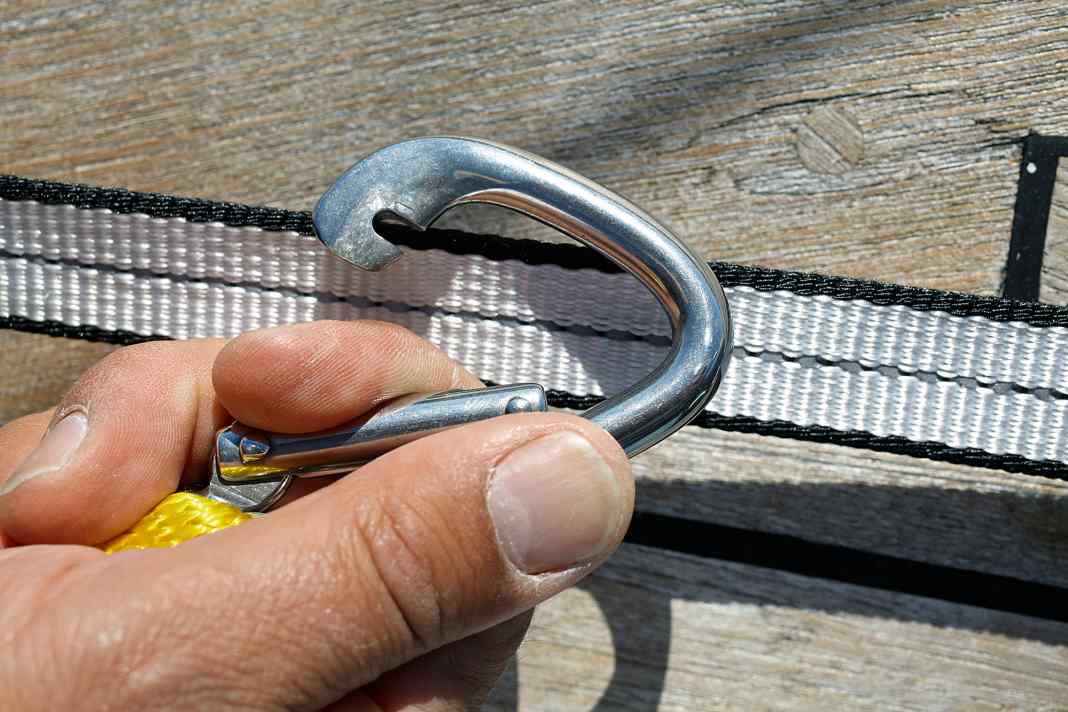





Maintenance intervals: What does the insurance company say?
There is no clear answer with regard to the obligations of comprehensive insurance in the event of damage caused by outdated material or equipment that has been damaged in this way and maintenance intervals have been ignored. This is because the comprehensive insurance company's obligation to pay benefits depends on the specifically agreed insurance conditions.
In this context, it is pleasing to note that the market leaders in the hull insurer sector provide the owner with adequate cover by agreeing the following clause on ageing and wear and tear damage: "Damage caused by design, manufacturing, processing or material defects, wear and tear in normal use, corrosion, rust and electrolysis is excluded from the insurance cover. However, this exclusion shall only apply to the parts affected by the defect or wear and tear themselves; loss or damage caused to other parts of the insured property as a result of the defect or wear and tear shall be covered within the scope of these conditions."
The inclusion of such a provision in the yacht hull conditions is very favourable to the policyholder. This is because so-called ageing damage regularly occurs as a result of wear and tear in normal use over many years. Consequently, if a weak shroud breaks and the mast comes down from above as a result, the hull insurer would not reimburse the shroud itself under the quoted provision, but all consequential damage, such as the broken mast and further damage to the rigging and possibly the hull of the ship.
Take a close look at the clauses
In legal practice, the majority of problematic cases are therefore those in which yacht hull insurers have formulated different conditions according to which so-called gradual damage is largely excluded from insurance cover. It is therefore advisable to take a look at the conditions of the hull insurance. This is also because some hull insurers do not insure the rig at all from an age limit of 30 years, unless the owner can prove that the maintenance intervals have been adhered to and renewals have taken place.
Renovations and renewals on the ship should be presented to the insurer when the insurance contract is concluded. Bowden cables (throttle, gearbox), on the other hand, are considered maintenance-free. They rarely break, but due to the shearing off of ageing safety pins, they often jump out of their anchorage with the result that the helmsman can no longer influence the gear shift and causes a collision with another boat during a harbour manoeuvre. However, the skipper cannot usually be accused of being at fault with a basically maintenance-free device. Nevertheless, it is debatable, both in terms of potential liability and the obligation of one's own hull insurance to pay benefits, which specific obligations actually apply to the skipper with regard to a Bowden cable. Liability towards third parties must be clarified on a case-by-case basis, as claims can only be made in the event of a proven and culpable breach of duty of care.
What is the actual damage, what is the consequential damage?
In the case of hull insurance, the quoted clause in the conditions helps again, according to which only the affected part, i.e. the Bowden cable itself, is excluded from the insurance cover. All other damage to your own ship would be covered by the hull insurance as so-called consequential damage. However, this does not mean that consequential damage is always covered by the insurance. Care should be taken with consequential damage that is subject to other exclusions in the insurance conditions, such as frost damage. A case in point: The owner does not properly winterise the engine's cooling circuit in Croatia in anticipation of moderate temperatures. Freezing temperatures occur, which is not unusual in the region, resulting in icing on the sea valve. As a result, a cooling hose bursts off the seacock.
The cause of the damage can be specifically limited to this piece of hose. If, however, the interior of the ship is also destroyed due to the ingress of seawater, this consequential loss will generally remain uninsured, as the "frost" exclusion applies. This is only different if the frost damage is to be regarded as consequential damage from another insured event.
Maintenance intervals: safety before savings
Some insurers also generally include frost damage by individual agreement, but only on condition that the manufacturer's maintenance specifications for winter storage have been demonstrably carried out. Under insurance law, the owner therefore has a duty of care to fulfil the required maintenance intervals in short-term and long-term periods. Proper winterisation of the entire engine area is one of the owner's essential duties of care, and not only in the northern regions. Particularly after purchasing older yachts, owners should therefore also seek the advice of specialised companies in order to detect ageing and wear damage that is not visible from the outside.
Maintenance plans that you have drawn up yourself can also be helpful. When deciding on refurbishments and renovations, safety should always take precedence over economic considerations in the interests of those on board. Yacht hull insurance policies - with good terms and conditions - provide the owner with extensive cover. However, it is not the task of property insurance to finance the repair of a boat that is defective due to its age if maintenance intervals have not been adhered to.

